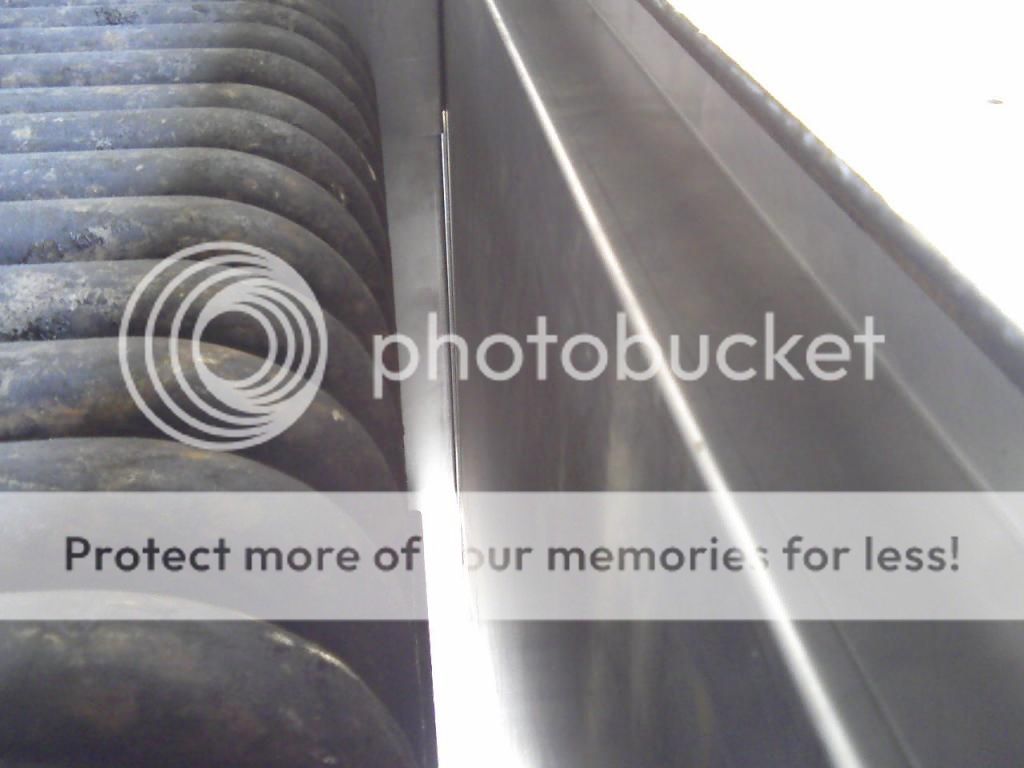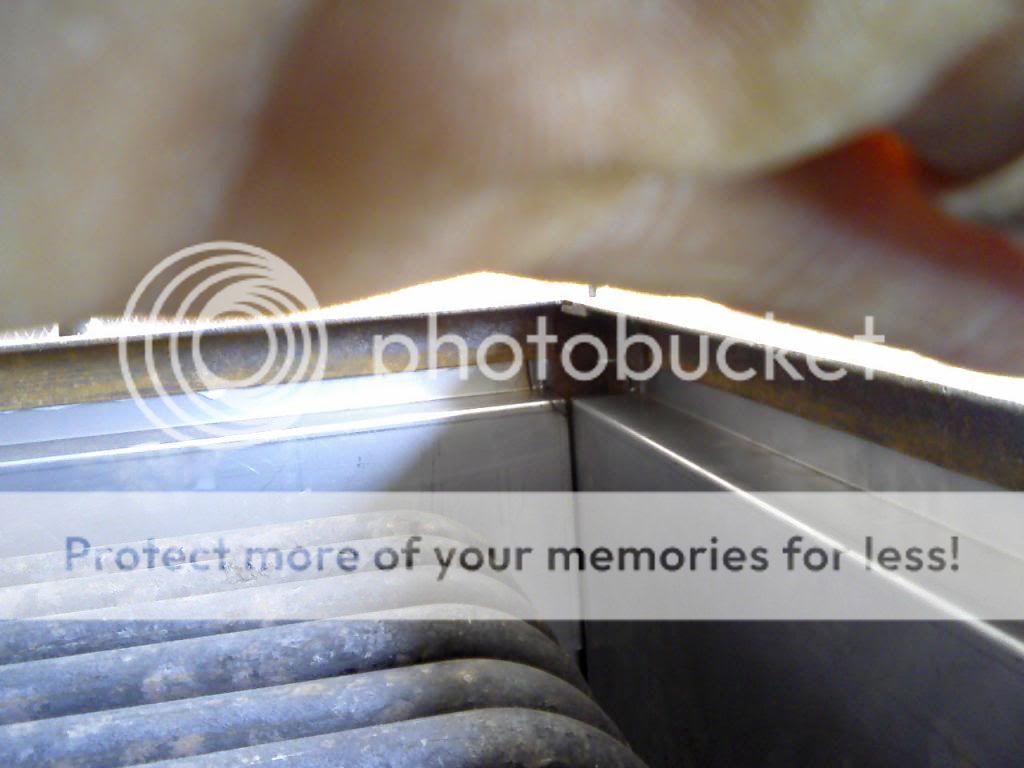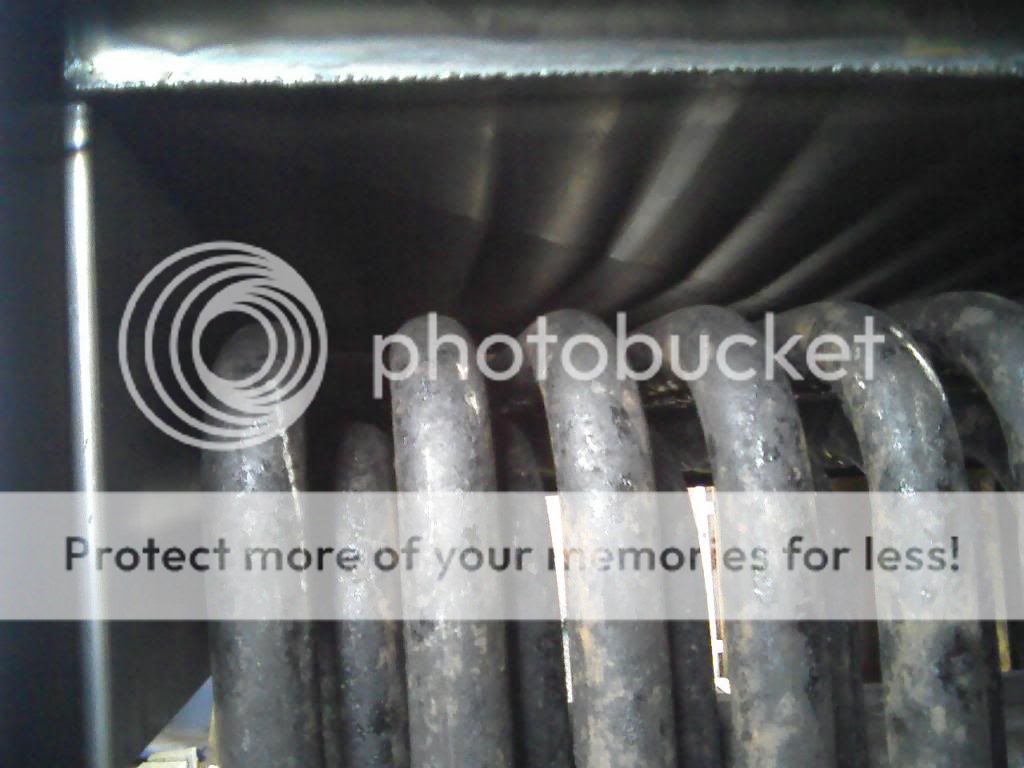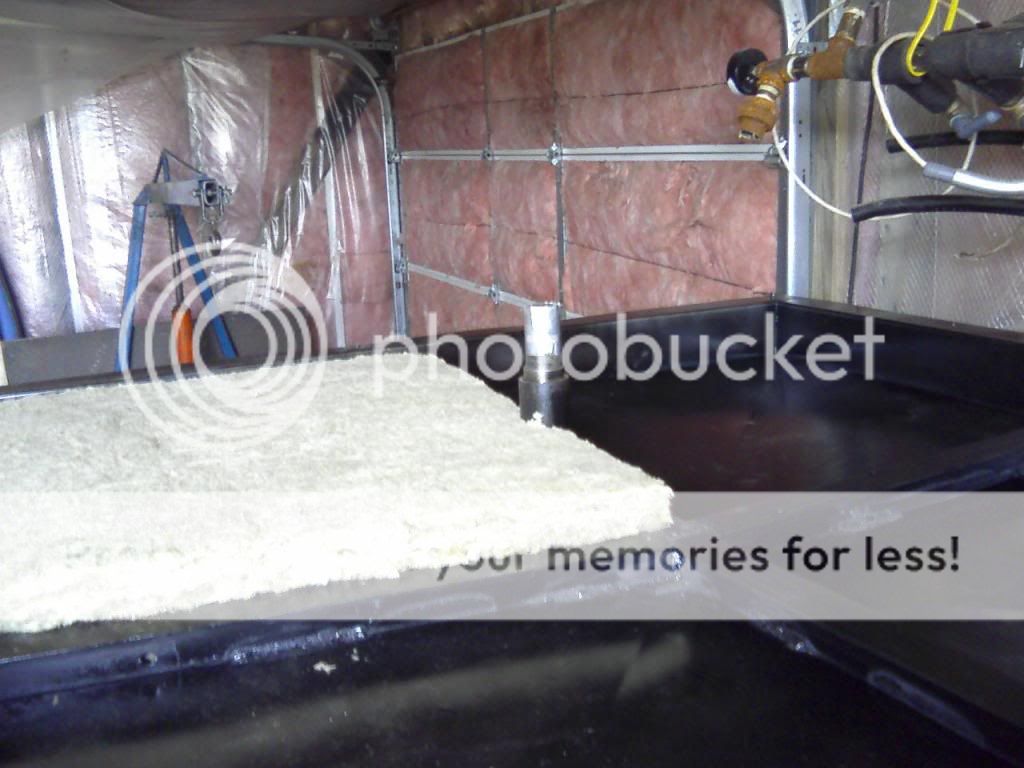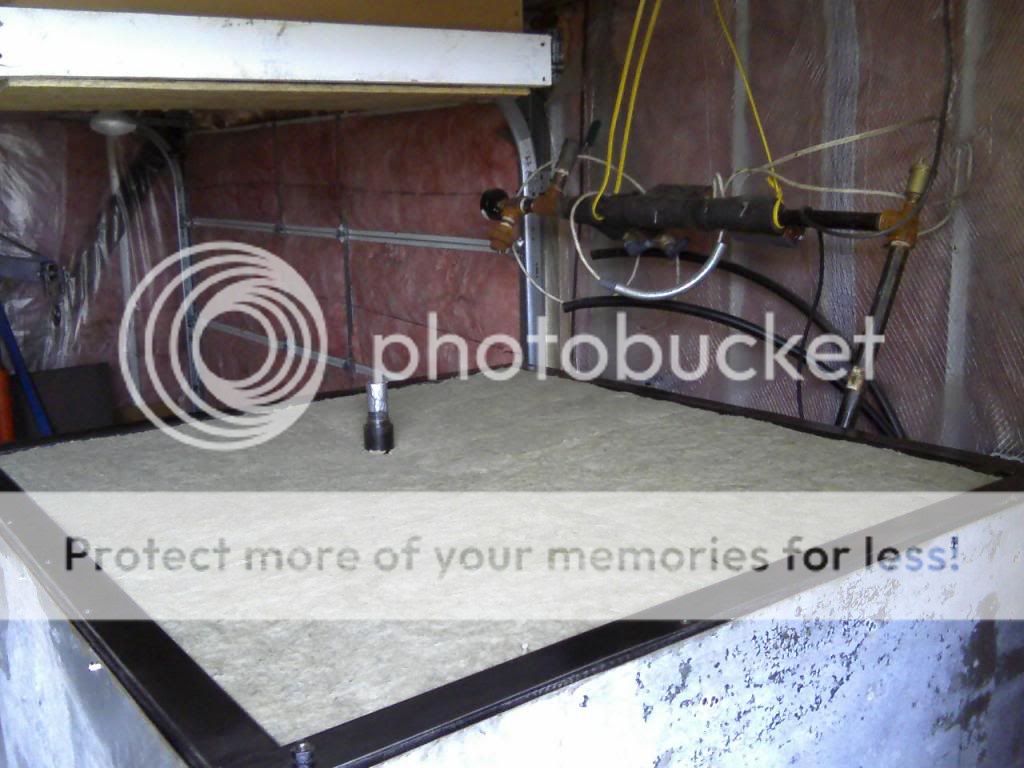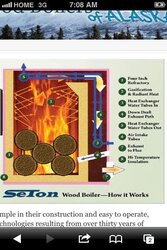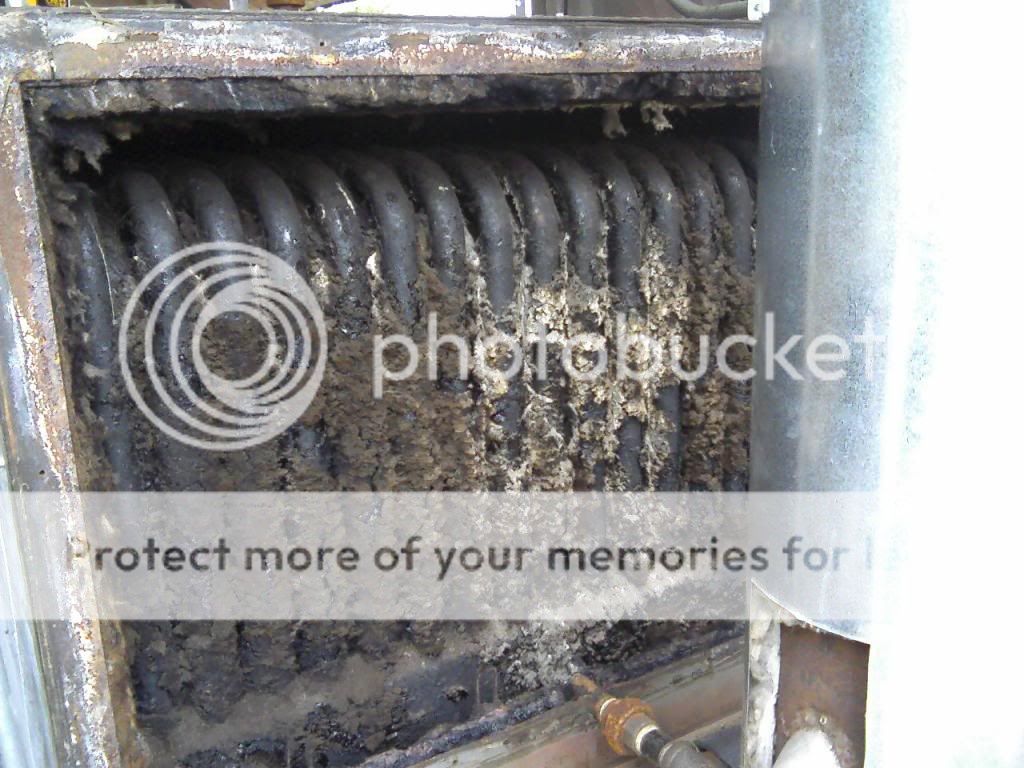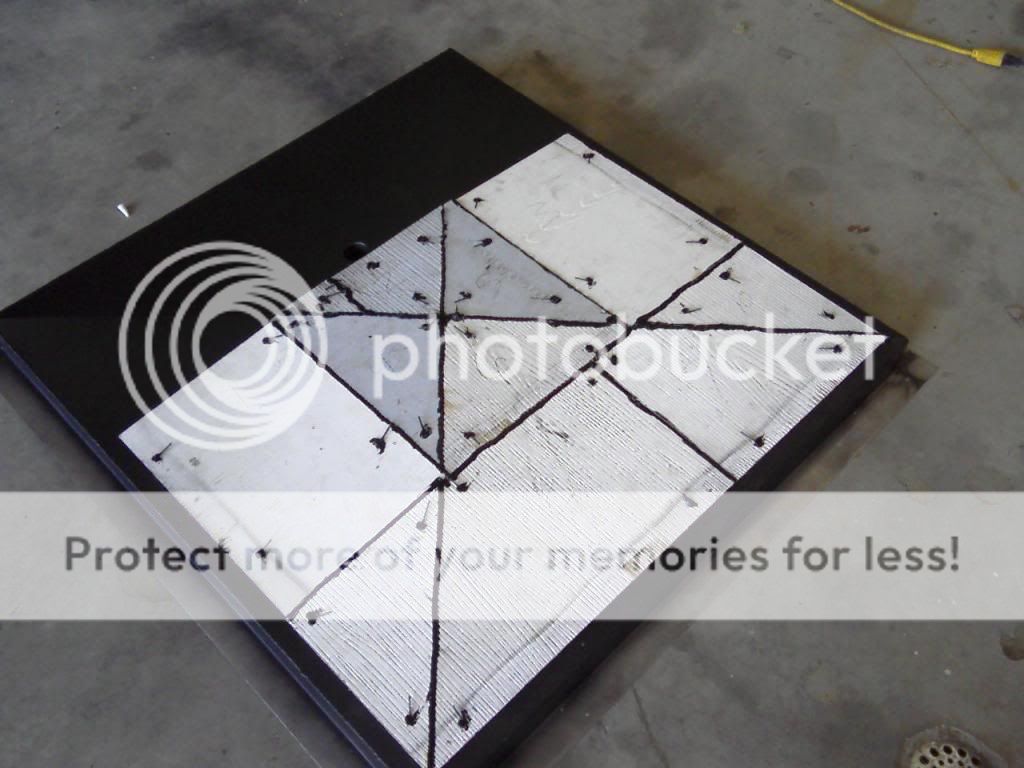Hi everyone,
Jesse - VERY nice work. You have the wheels in my head turning.
I just bought a Greenwood 100. Like Jesse, I've been managing off-season heating by burning only once a day at night (as well as accustoming the family to bathing at night - easier to manage and reduced frequency of laundering bedsheets) and limiting fuel to what is needed. I did notice the insulation leaning on the HX but was not too concerned - someone did bring up a valid point with regards to cleaning though. A close friend of mine has had a Seton 180 clone for 8 years now and he has learned much about this combustion system. I feel that it is worth mentioning a few things here as many in this group may benefit form our combined experiences.
1. Leave ash in the boiler. You should have a 1-2" layer of ash on the bottom. Aside from protecting the bottom refractory from impact during loading, it has other uses off-season which I will bring up shortly.
2. Turn off your air door when you are going to leave the boiler idle for long periods. I'm idling for 20-22 hours a day right now. You don't want that air door opening with no fuel - your HX works both ways and you'll quickly cool your refractory as well if you let all that heat up the exhaust stack.
3. Load only the fuel that you can use immediately. These are not very hard to relight, especially if you have a torch nearby. They will hold embers for a long time too, so you may not need to relight! Ultimately, you want to be able to get to the point where you have little or no yellow flames emanating from your fuel before shutting your air supply off. Basically this signifies that the vast majority of the tars and volatile materials have been extracted from the wood and all you have left is carbon and ash. At this point, you will generate VERY LITTLE (if any) creosote if you were to shut the boiler down for a day. This is where the benefits of storage come in: if you have a place to put all that heat, then you can run a few loads of wood through the boiler before needing to shut it down. These units LOVE sustained burns of at least 4 hours. In my case, I've yet to set up my thermal storage so I must resort to small fires. I've included my cast-iron oil boiler in the loop to add SOME thermal mass, but once a good draft is established this boiler will heat that thing up from room temperature to near boiling in 20 minutes if nobody draws any hot water. It's better than nothing though.
4. Control your demand (as stated above) if possible and shut down by burying the fire. Once you have all passed through the shower and you have done heating if necessary, move all of your embers towards the door and then bury them in ash. Then disable the air door from opening. When you need it again, unearth the buried embers. Even if they aren't still burning, they light almost instantly. I could reliably idle mine for 22 - 26 hours without need to relight right up until the night time temperature got up to about 45° f. Much above that and I don't have enough draft to keep air moving over the embers through the air leaks in the boiler.
5. Seal up air leaks and add a controlled minimum air setting to the air door. This will prevent air from bypassing the combustion and cooling the HX and refractory without benefiting you. You need some small amount of air directed at the buried embers to keep them going, but not much. I have not done this on my boiler yet, but my friend has benefited from doing this on his Seton.
These are great boilers - simple in design and quite efficient. You just need to observe it in operation and learn from it. Everyone's situation will be different - different heat demands, different draft situations, different fuel, etc. but all in all you should like it if you're interested in putting the effort into it. If you are buying cut/split/seasoned wood and you don't want to put in heat storage or spend time babysitting the boiler, save yourself some aggravation and cough up some extra money to get a wood gun and you'll be set. They are picky about moisture content but they work well for on-demand use and shorter burn times and are worth the extra money for someone without a lot of space and time to dedicate to their heating system. If you want fuel flexibility and can be a little more devoted to the system, hands down go for this type of boiler. You can mix green pine in there when it's good and hot and it'll turn it into heat and ash while keeping creosote to a minimum.
Just as a side note for those on the fence about thermal storage - installing thermal storage not only benefits your wood heat system, it also opens the door to solar possibilities. Installing a thermal solar system is so much easier when you already have a thermal battery. The panels aren't very expensive (dirt cheap compared to photovoltaic) and you will find that the system would pay itself off very quickly when compared to other solar energy harvesting methods. Wood heat is solar heating in a way, but there are a lot of things in the way of the heat reaching your home (tree growing, getting cut down, moving wood to storage, splitting, seasoning, loading into boiler, etc.) So many people neglect to replant when harvesting as well, which makes it an unsustainable process. With thermal solar, heat just goes right from the sun to your thermal system automatically, so you can spend your time (and money if you pay for your wood) doing other things.



